Atlanta Fed President Raphael Bostic told CNBC yesterday, “I think it’s really important that we get to neutral and do that in an expeditious way.”
“I really have us looking at one and three-quarters by the end of the year, but it could be slower depending on how the economy evolves and we do see greater weakening than I’m seeing in my baseline model,” he said.
“This is one reason why I’m reluctant to really declare that we want to go a long way beyond our neutral place, because that may be more hikes than are warranted given sort of the economic environment.”




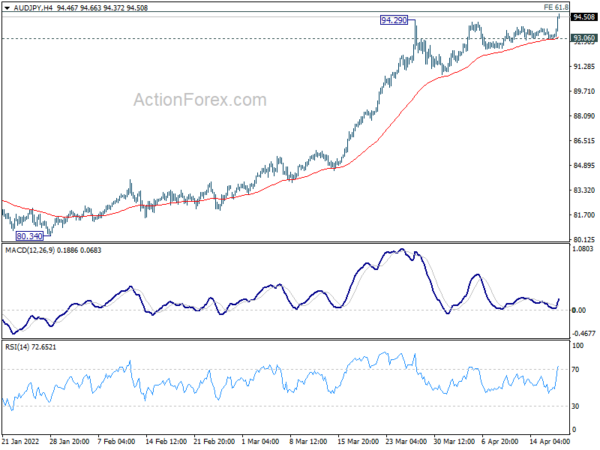
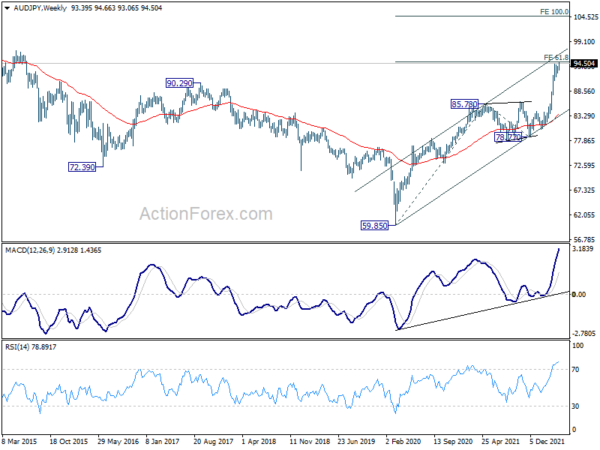
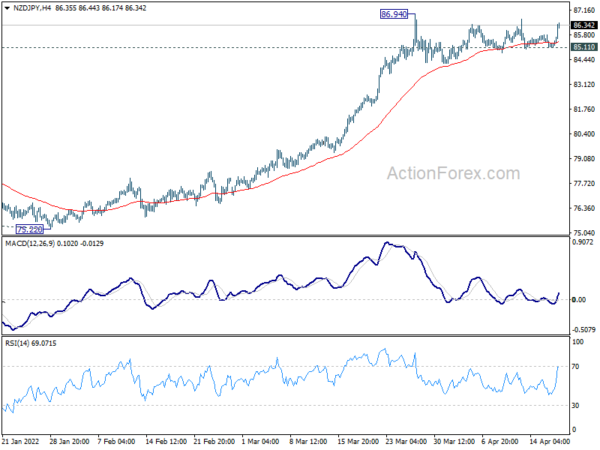
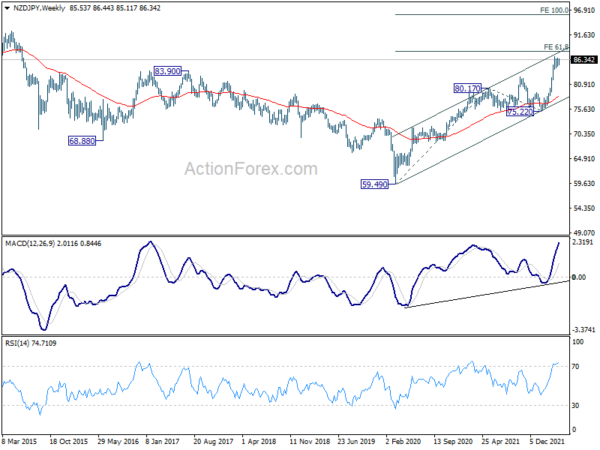
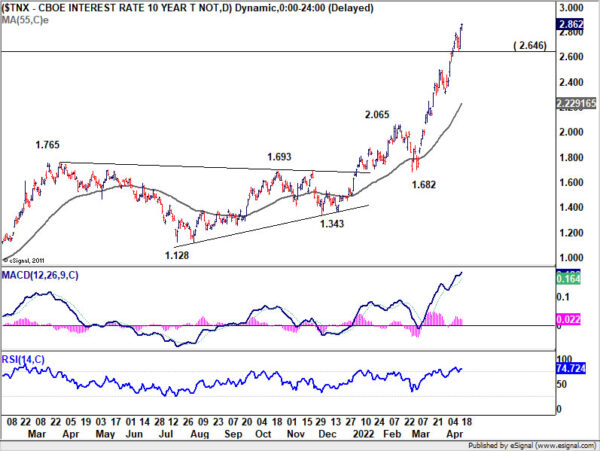
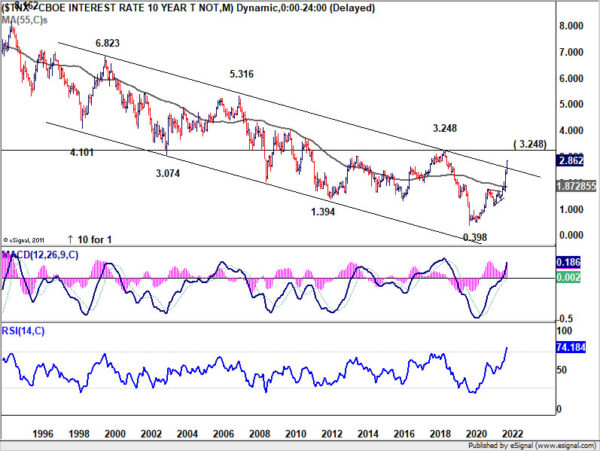
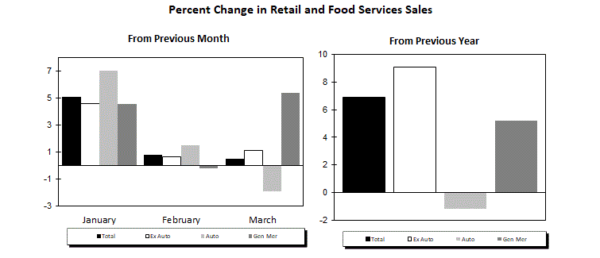
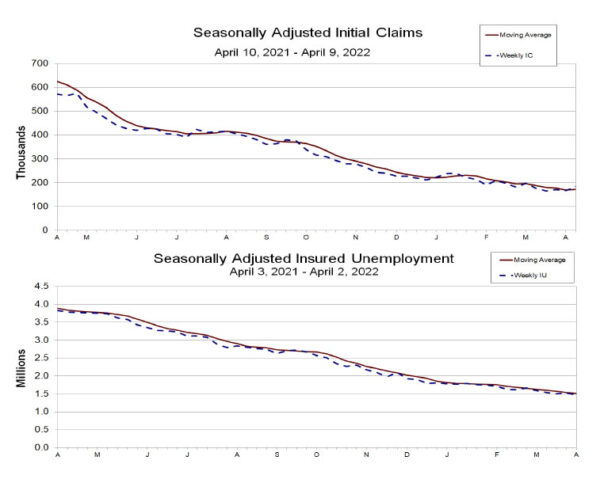

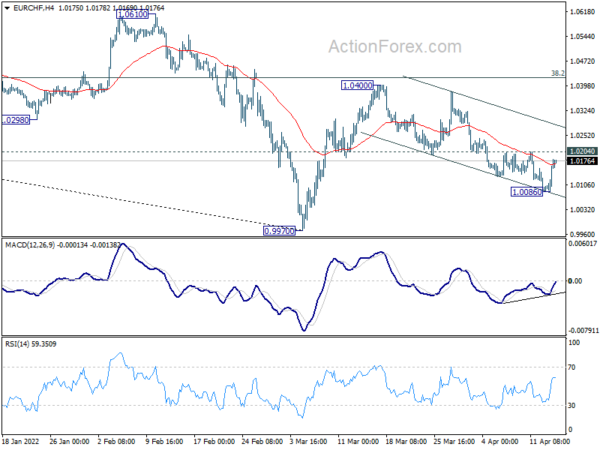
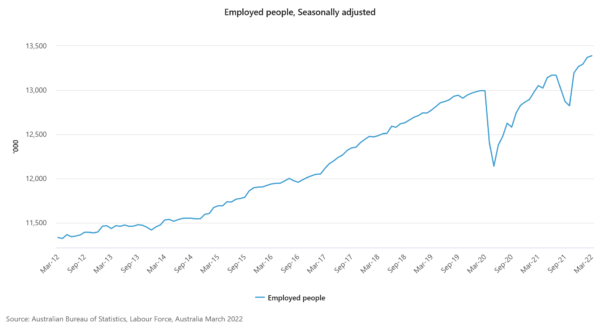
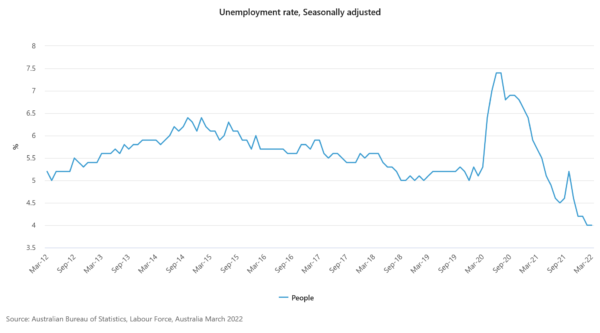
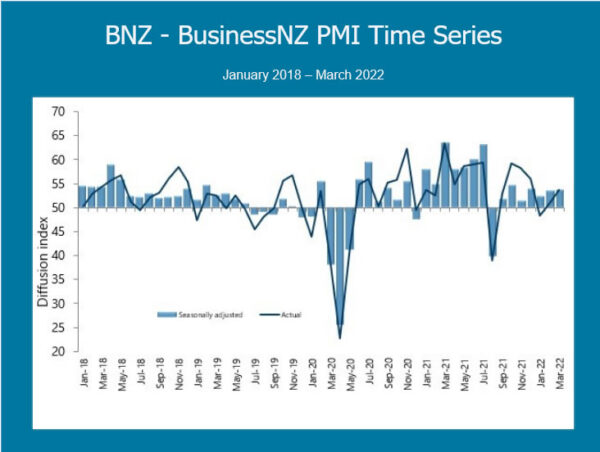
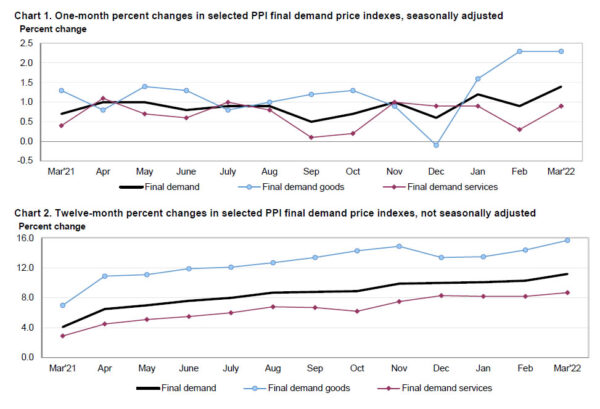

Australia Westpac leading index rose to 1.71, highest since last May
Australia Westpac-MI leading index rose from 1.02% to 1.71% in March. That’s the fastest growth rate since May 2021. The data are consistent with Westpac’s expectation of around 5.5% GDP growth in 2022, with more than 70% of that being concentrated in Q2 and Q3.
Westpac expects RBA to be on hold at May 3 meeting, but be prepared to move interest rate at June 7 meeting. It expects a hike of 15bps in June, with 25bps hikes at most subsequent meetings to reach 1.25% at the end of 2022. In 2023, it expects three further 25bps hikes with interest rate peaking at 2% in June.
Full release here.